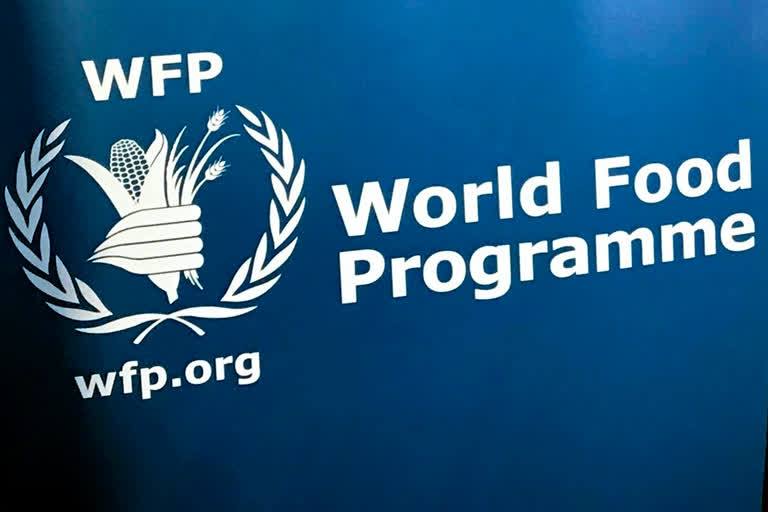United Nations: The number of undernourished people in India has declined by 60 million in over a decade, according to a UN report which said that there were less stunted children but more obese adults in the country.
The State of Food Security and Nutrition in the World report, released on Monday, estimated that almost 690 million people globally were undernourished (or hungry) in 2019, up by 10 million from 2018.
The report -- considered the most authoritative global study tracking progress towards ending hunger and malnutrition -- said that the number of undernourished people in India declined from 249.4 million in 2004-06 to 189.2 million in 2017-19.
Read also:UN says 'whole of humanity' at risk from coronavirus pandemic
In percentage terms, the prevalence of undernourishment in the total population in India declined from 21.7 percent in 2004-06 to 14 percent in 2017-19, it said.
The two subregions showing reductions in undernourishment -- eastern and southern Asia -- are dominated by the two largest economies of the continent -- China and India.
Despite very different conditions, histories and rates of progress, the reduction in hunger in both the countries stems from long-term economic growth, reduced inequality, and improved access to basic goods and services, it said.
Read also:We are seeing pushback against women's rights, says UN Secretary-General
The report is prepared jointly by the Food and Agriculture Organisation of the United Nations (FAO), the International Fund for Agricultural Development (IFAD), the United Nations Children's Fund (UNICEF), the UN World Food Programme (WFP) and the World Health Organization (WHO).
It further said that the prevalence of stunting in children under 5 years of age in India declined from 47.8 percent in 2012 to 34.7 percent in 2019 or from 62 million in 2012 to 40.3 million in 2019.
